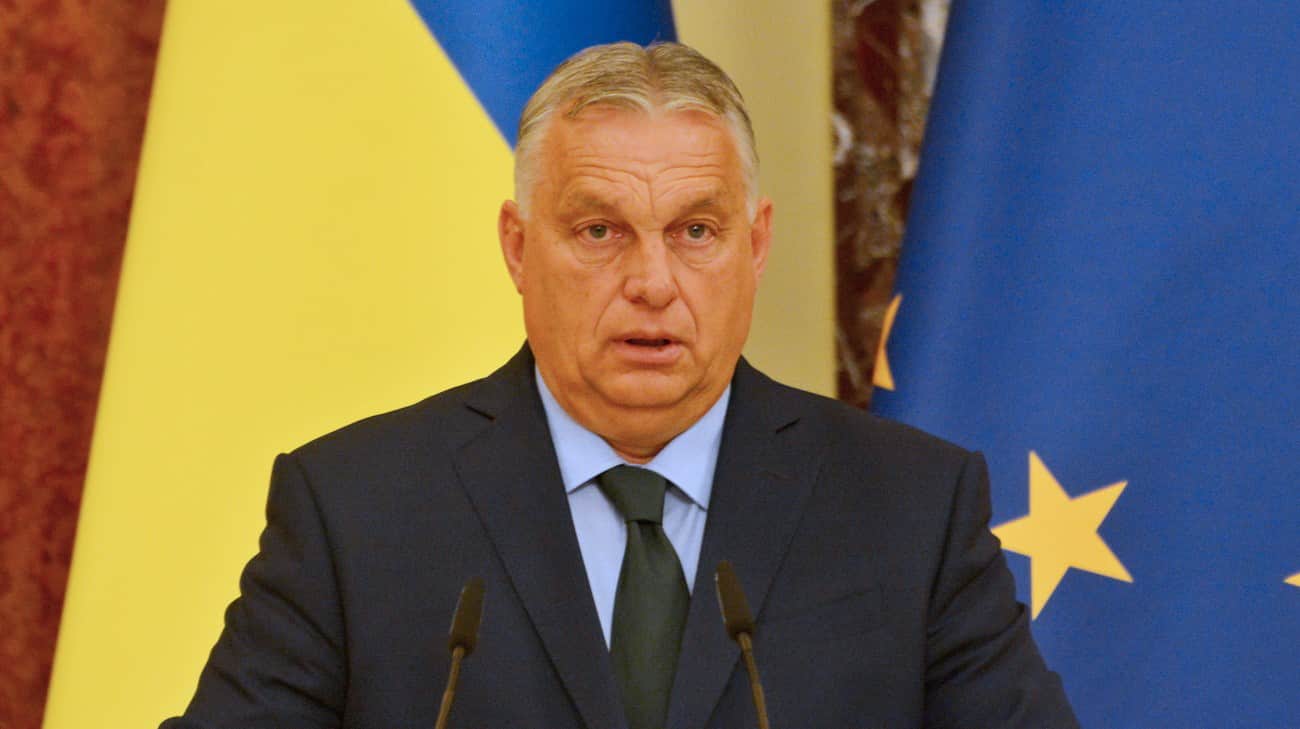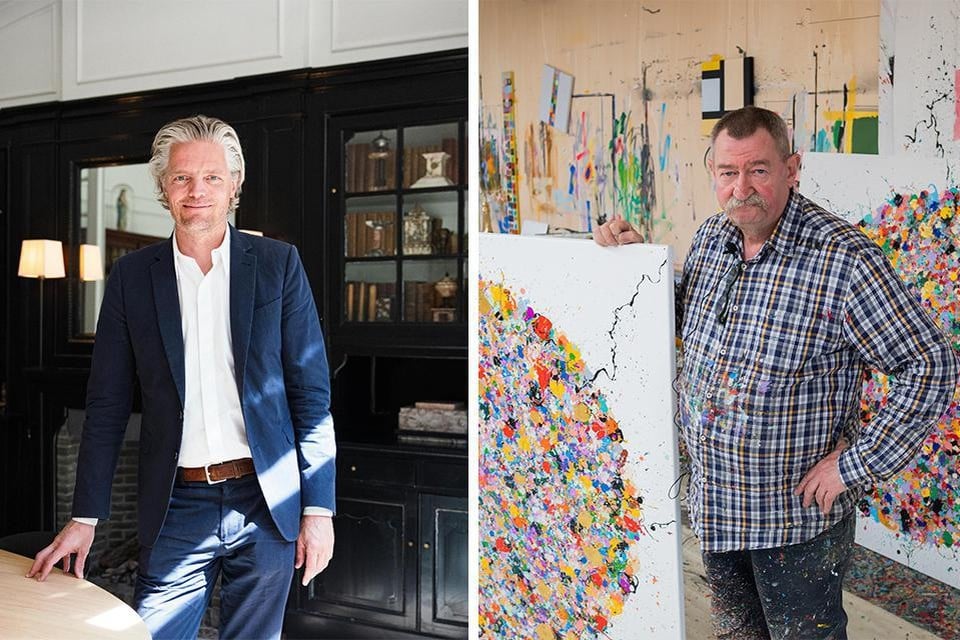Get amazing extras in a Hungarian highway section
One of Hungary’s most innovative transport projects starts at Budaörs. On the M1 -M7 motorway, a digital infrastructure is being developed that can detect, model and interpret transport in real time. Based on the three -dimensional digital map, road managers can intervene immediately if traffic congestion, accident or other event occurs.
In the Budaörs section of the M1 -M7, a digital infrastructure is built that can detect and model transport in real time and analyze data in a digital model.
The Hungarian Road Nonprofit Ltd. and the Budapest University of Technology and Economics are established Eureka Central System Named after a Hungarian -Austrian project aimed at creating a so -called « digital twin » – a data -controlled model that almost shows what is happening on the road section.
So vehicles should not only be informed based on their own sensors, but can also communicate with the infrastructure – writes Vezess.hu.
The central elements of the system are various sensors: Lidar, radars, heat and high-angle cameras, which record and transmit nearly one and a half gigabytes of data per second through the optical network of the Hungarian road. These data are not merely used for observation – they appear on a real -time three -dimensional digital map that allows road managers to intervene immediately if traffic congestion, accident or other event occurs.
This may also be interested
János Lázár announced that the M1 motorway will be 6 lanes to Győr
One of the largest investments in the history of Hungarian transport will begin in August 2025, according to János Lázár, as this year the expansion of the M1 motorway between Budapest and Győr will begin. The project is outstanding not only in its size but also in its costs as it consumes $ 800 billion. János Lázár noted that the junction that enables the M100 motorway is also being built.
Preparing for self -driving cars
From now on, it promotes self -driving vehicles and, in the long run, it also lays down the basics of so-called V2I (V2I (V2I) communication, in which cars communicate not only with each other but also with the infrastructure itself.
This means that future transport will be based on data than boards and lamps. For example, if a car slows down or turns a bar, not only the vehicle behind it receives information, but also the whole system – making it possible to make faster reaction time, less accidents and smoother traffic.
Development is also in line with the new legal environment: the so -called newly launched road construction is already mandatory building information model (BIM) use. This not only helps design and execution, but also makes operation and maintenance much more efficient.





